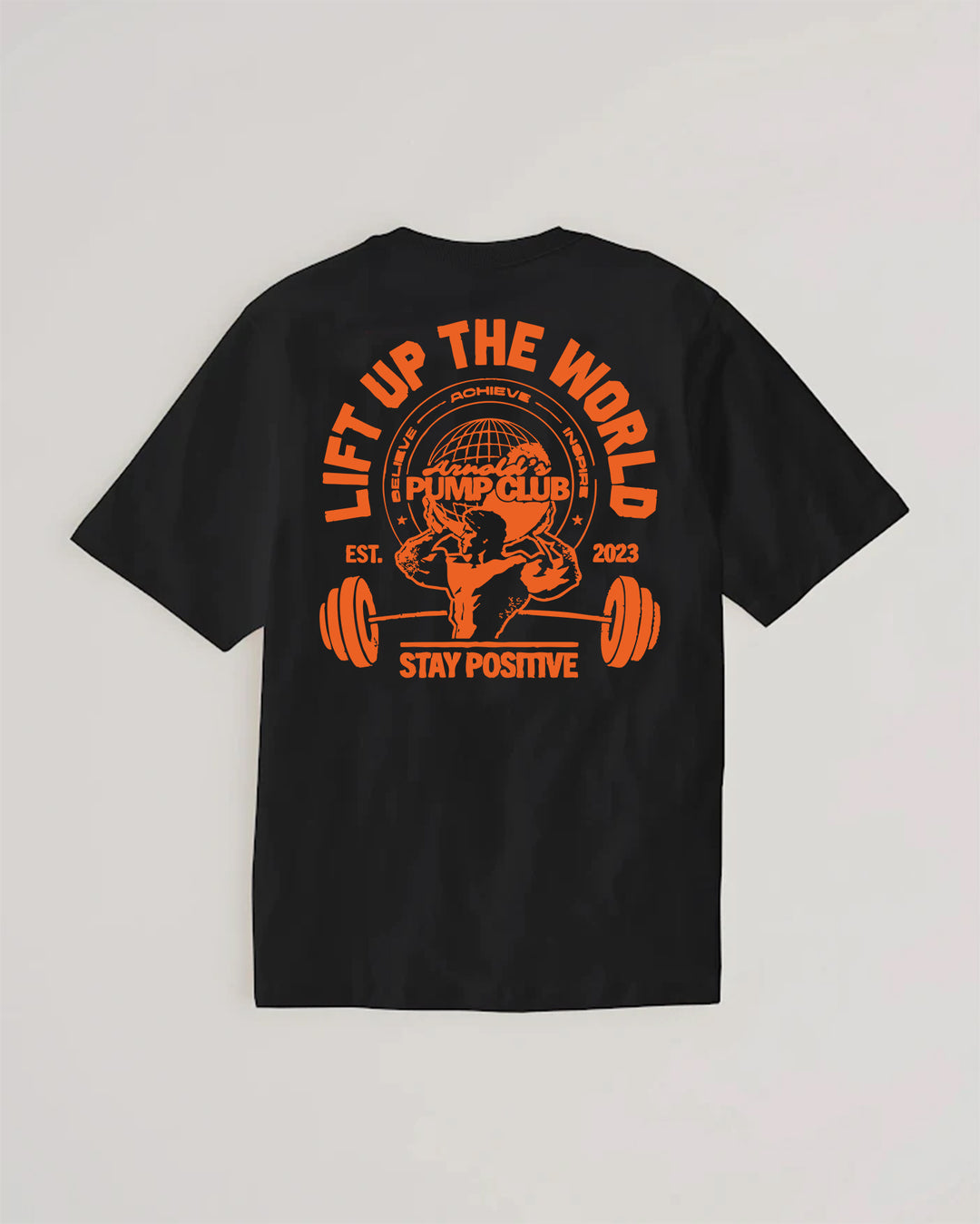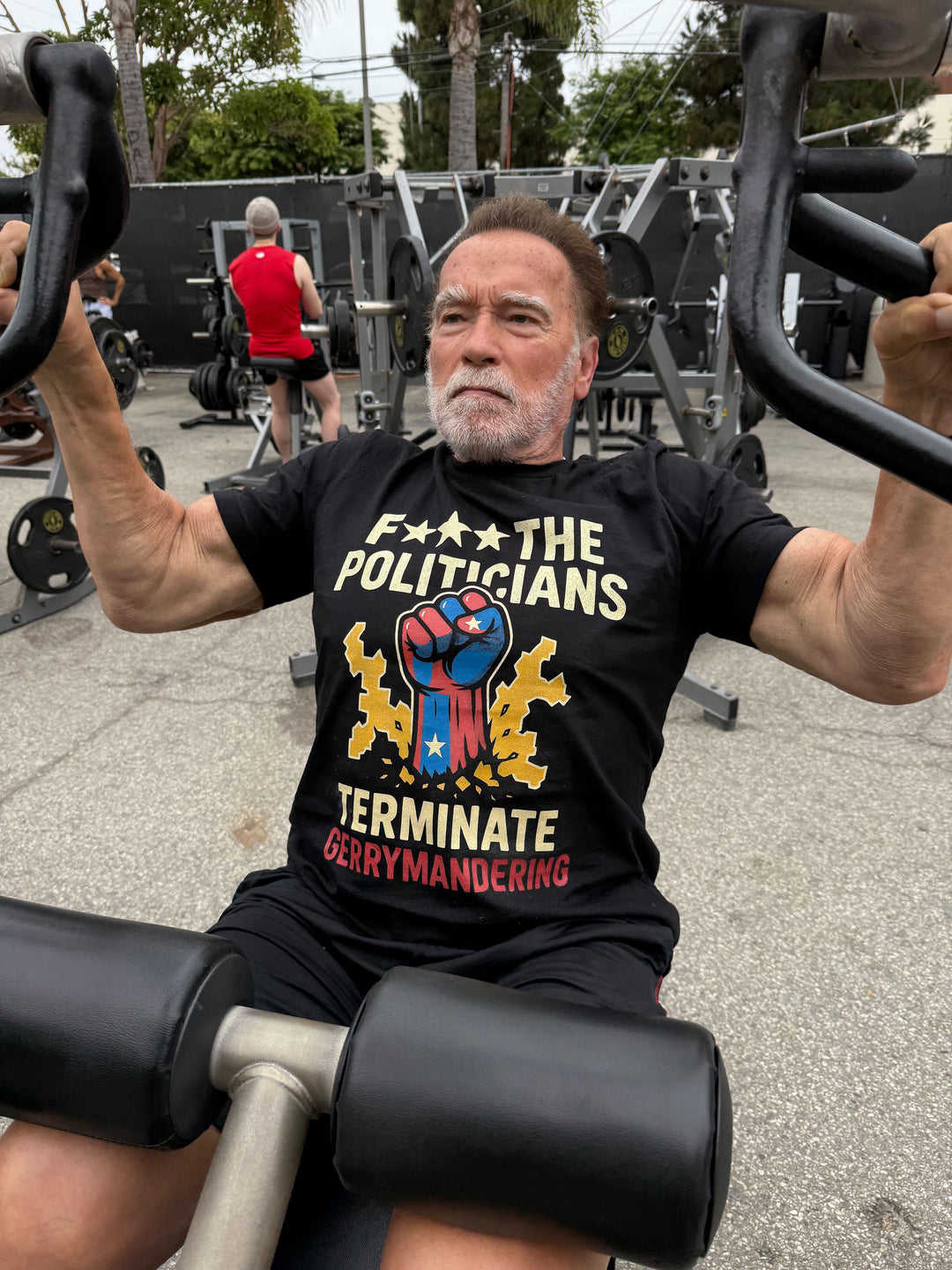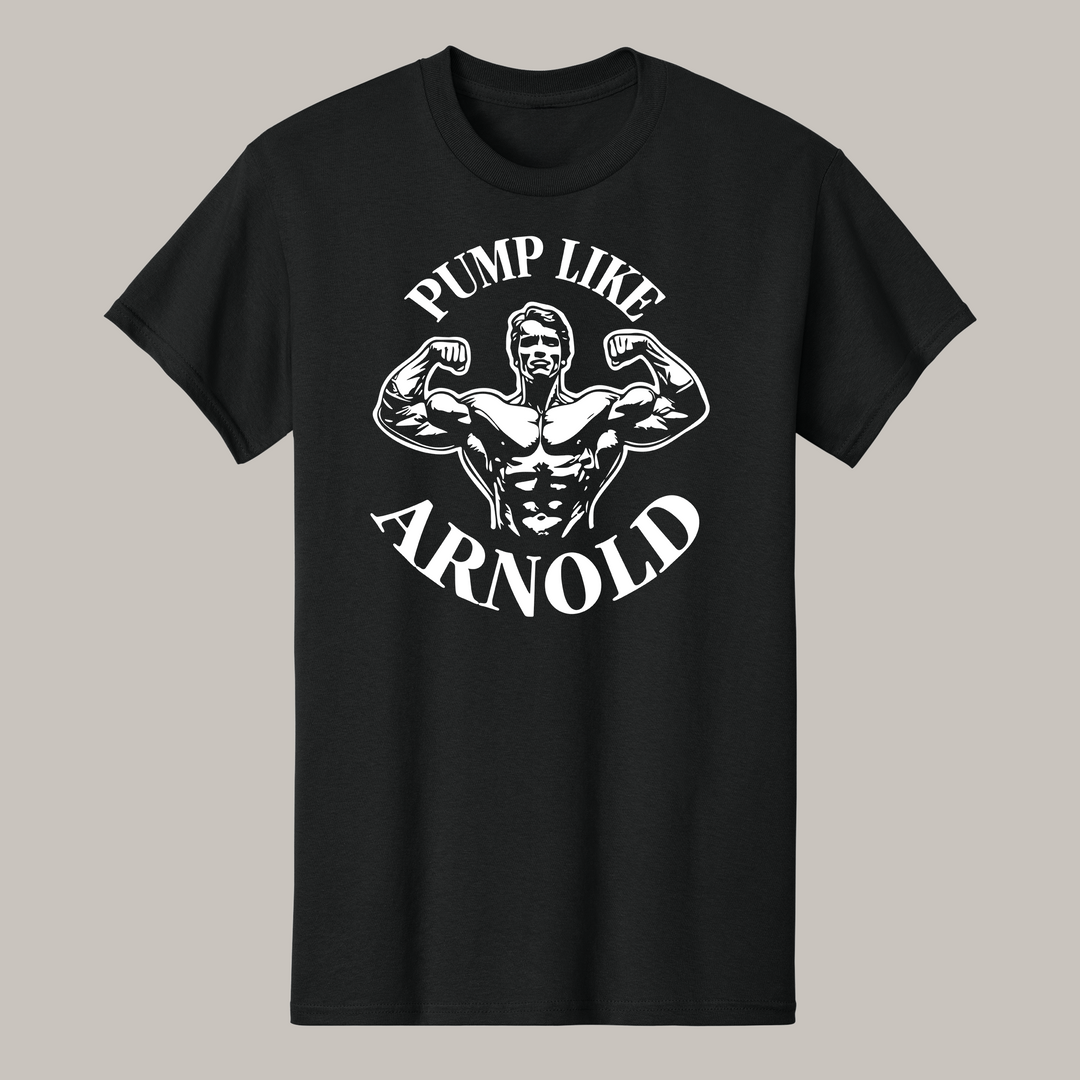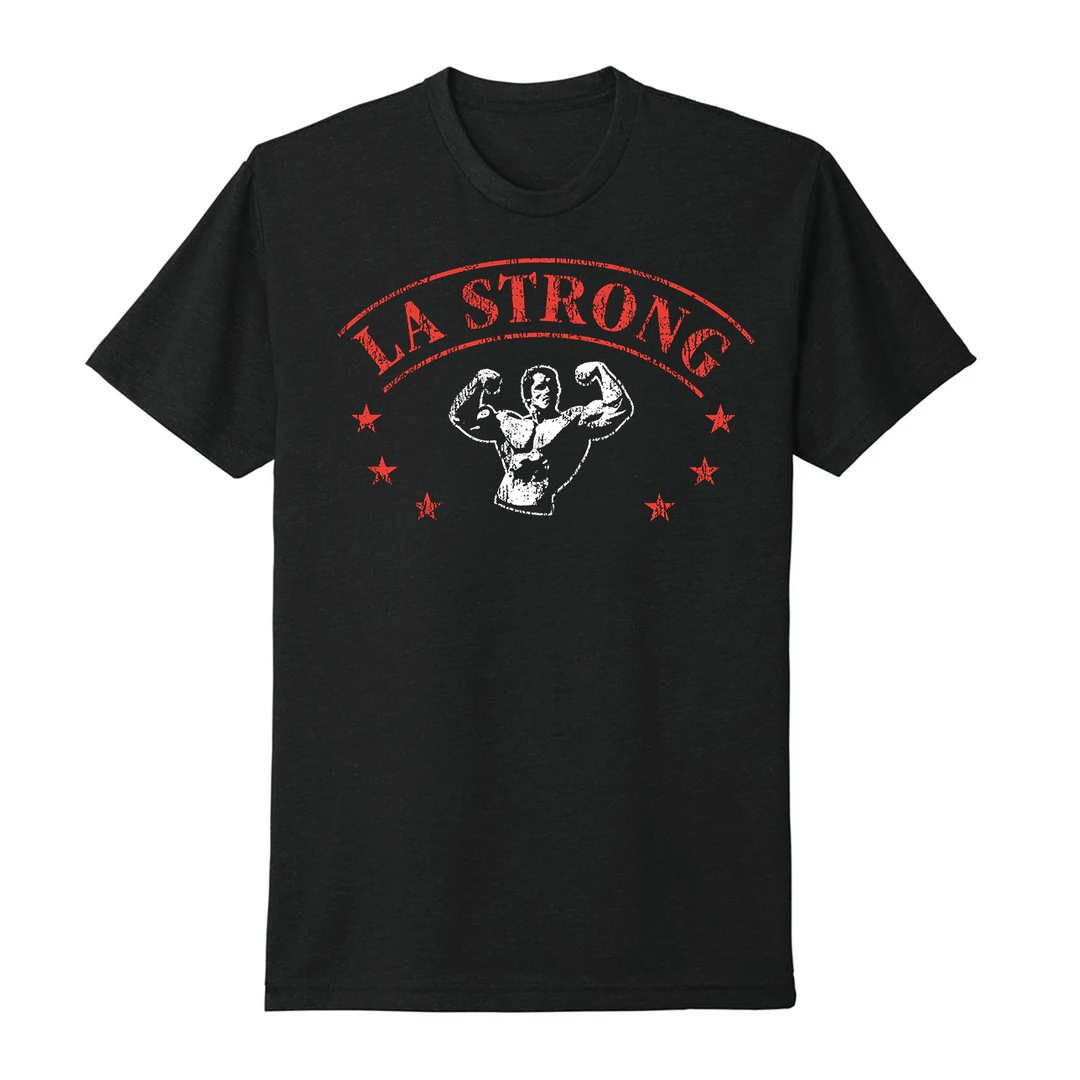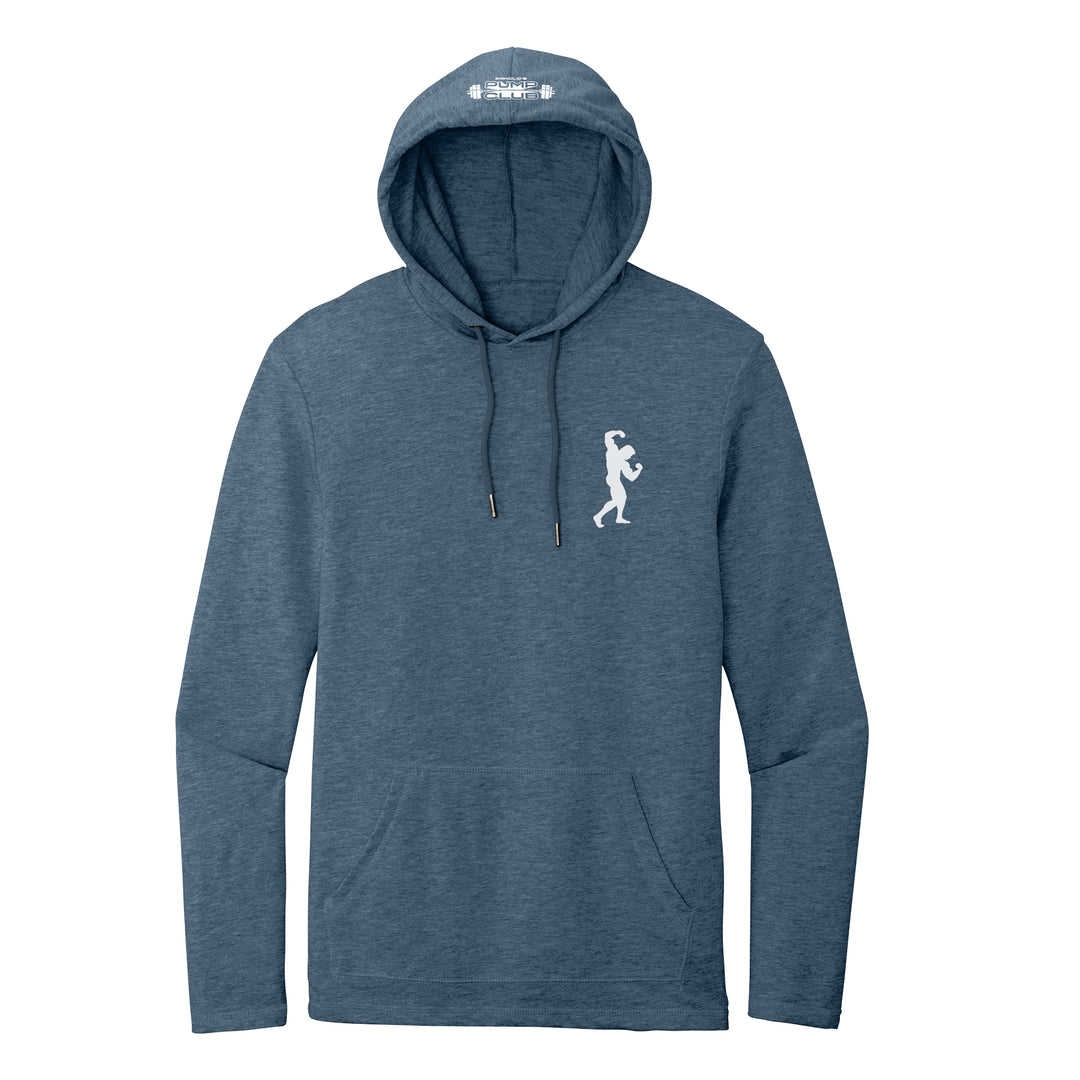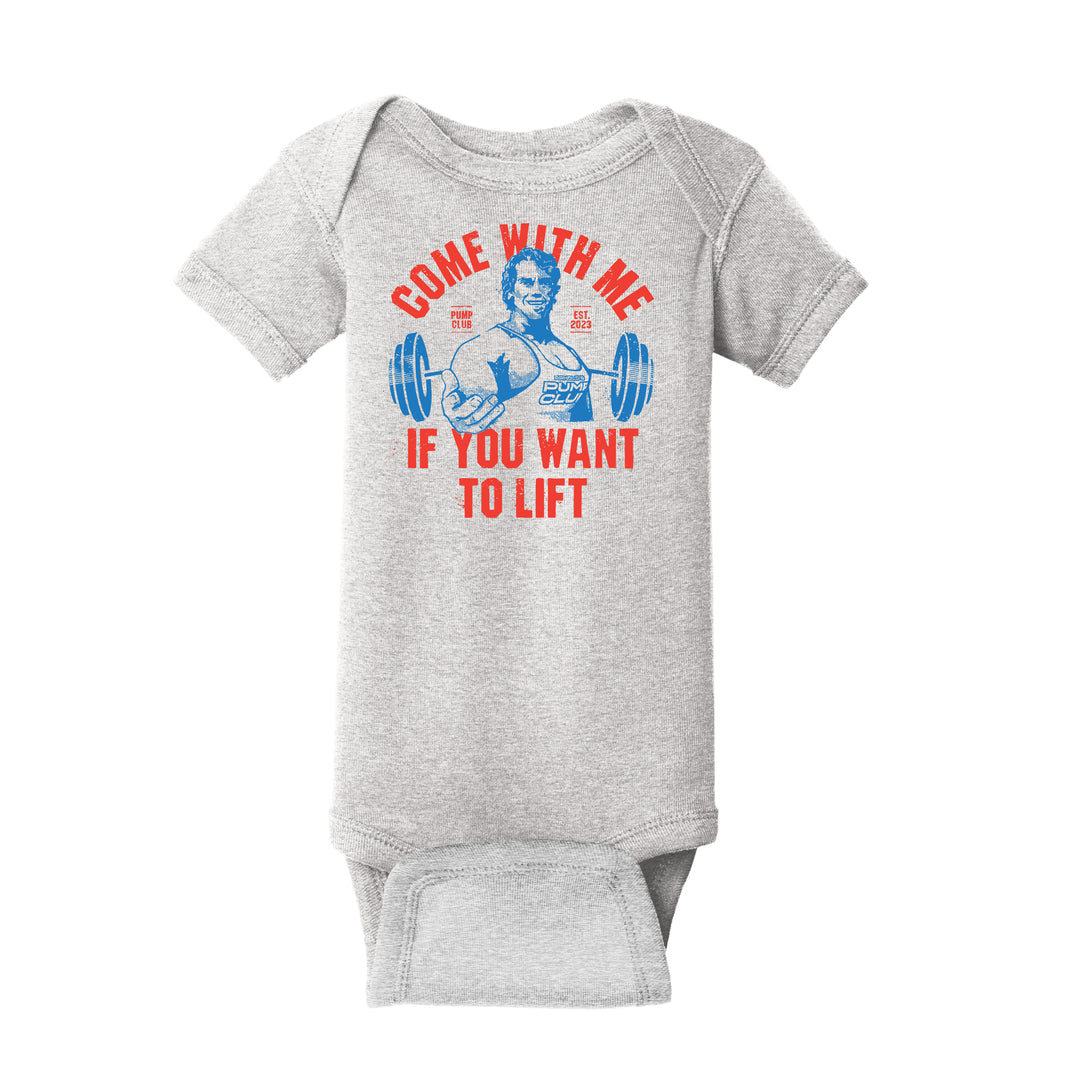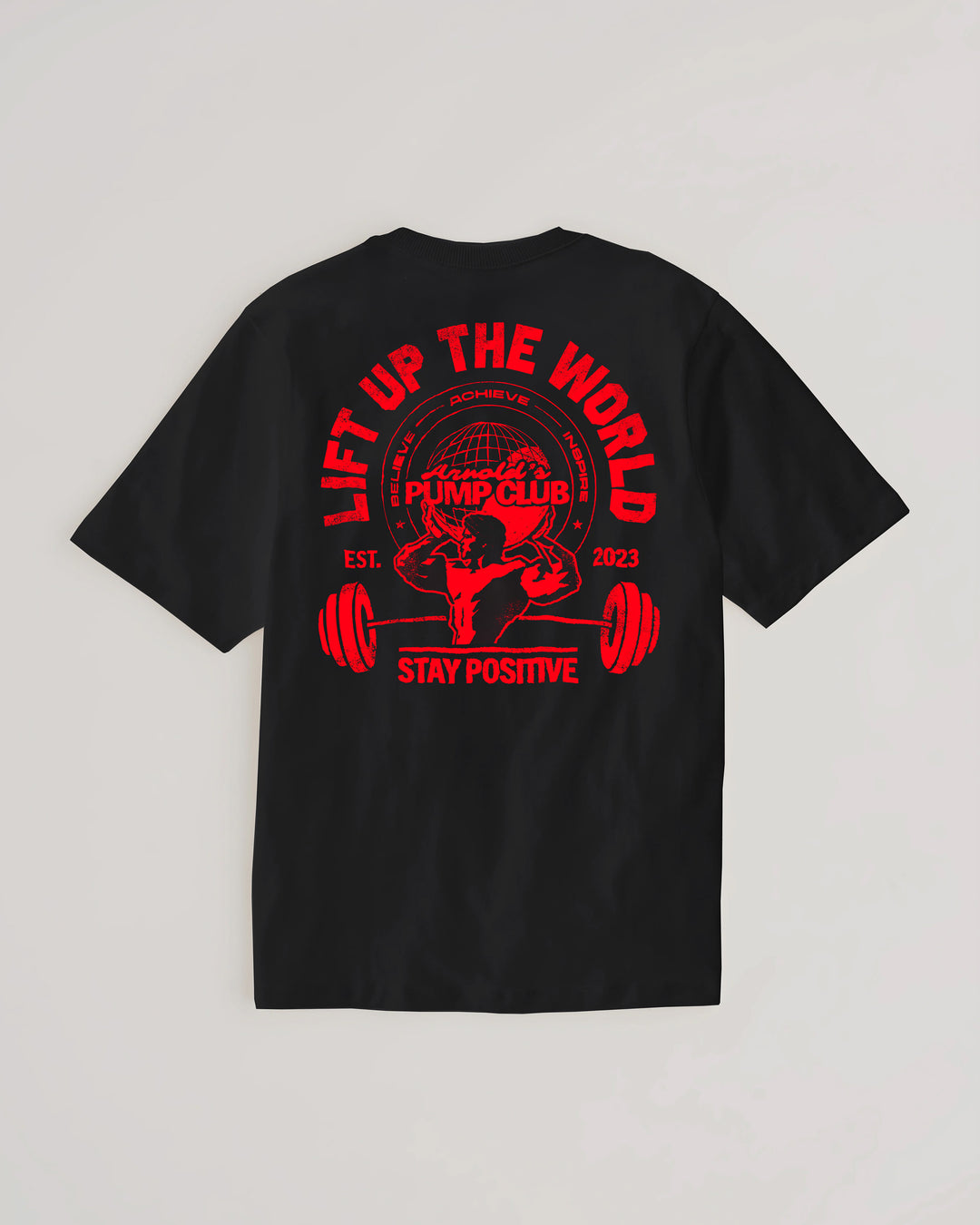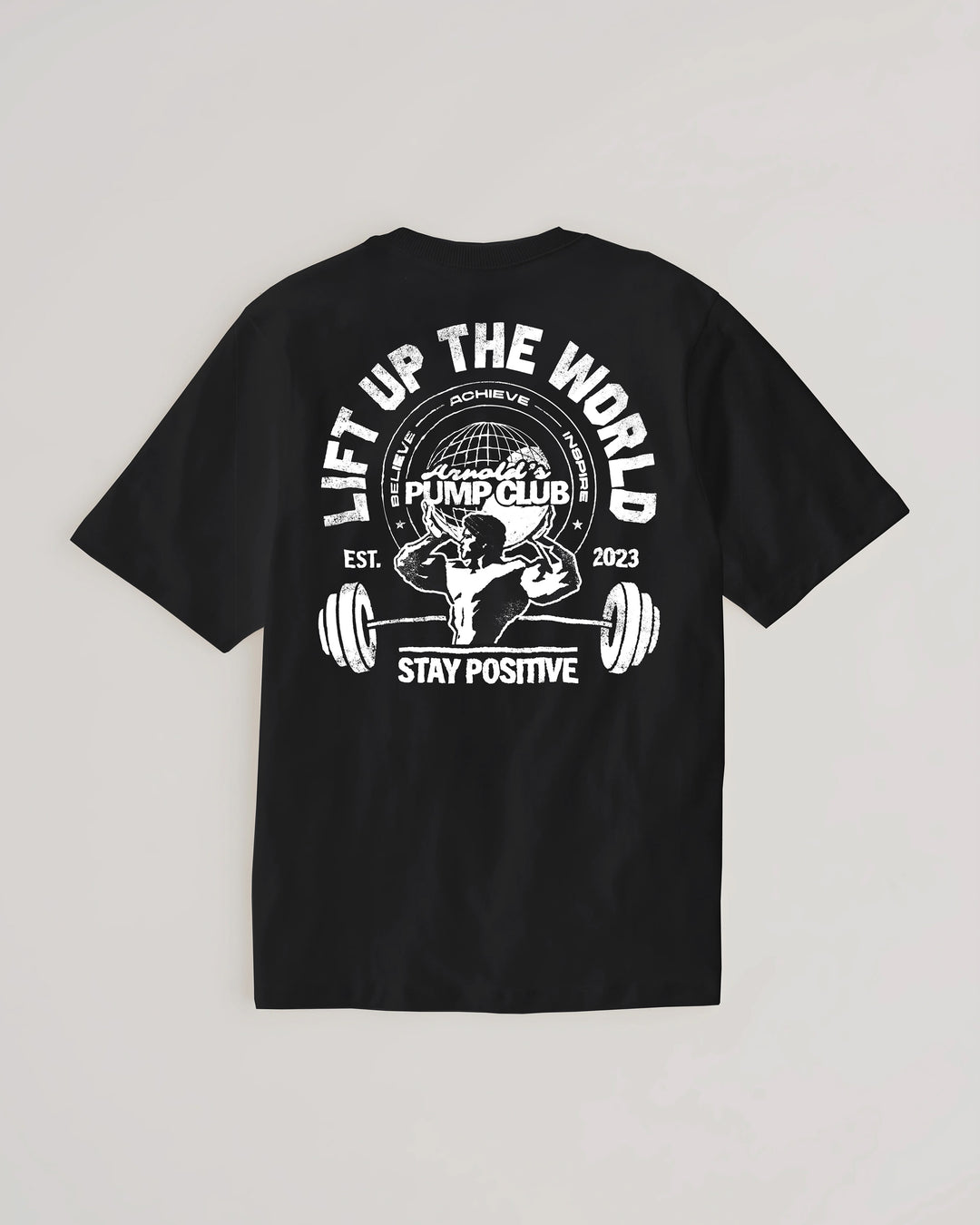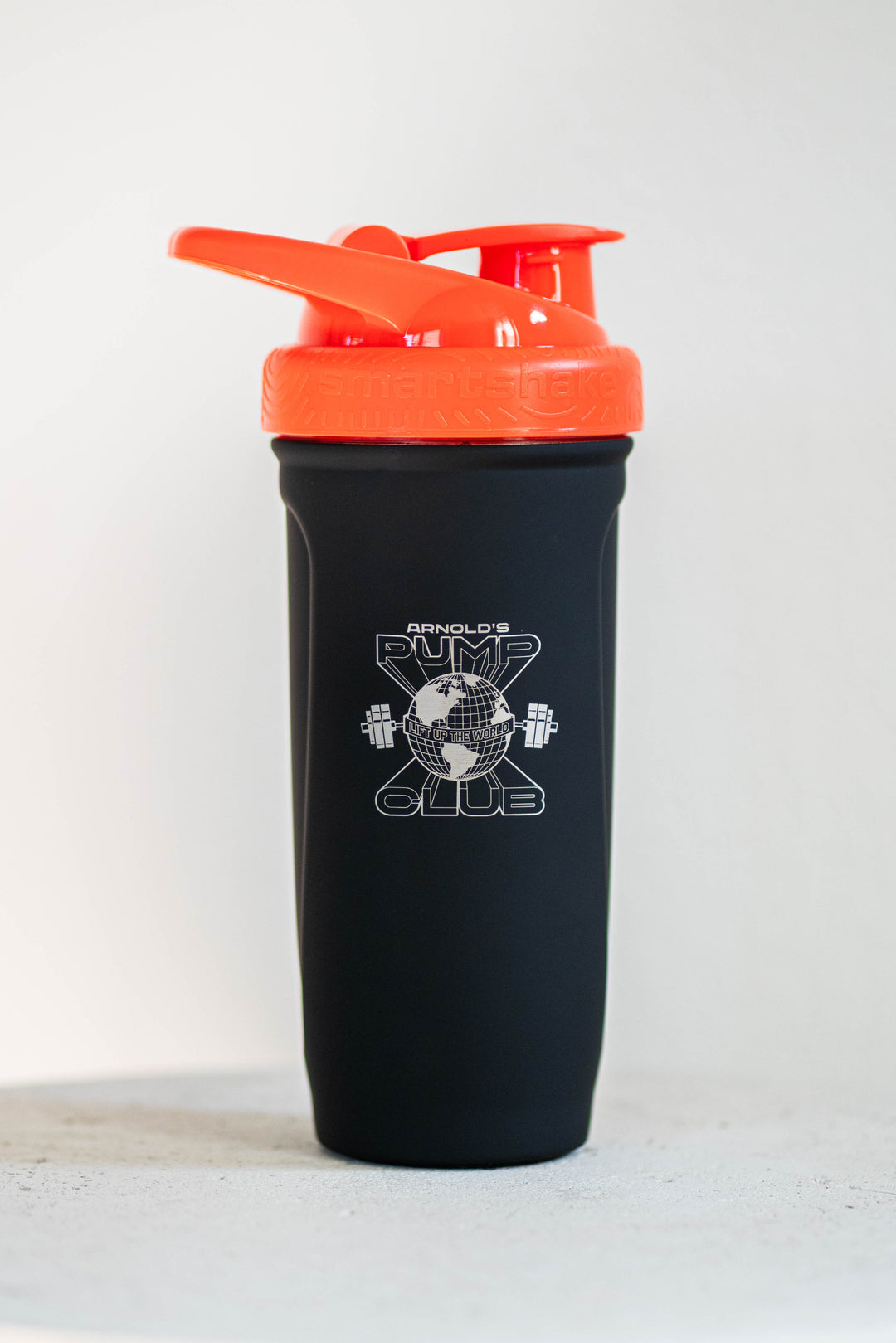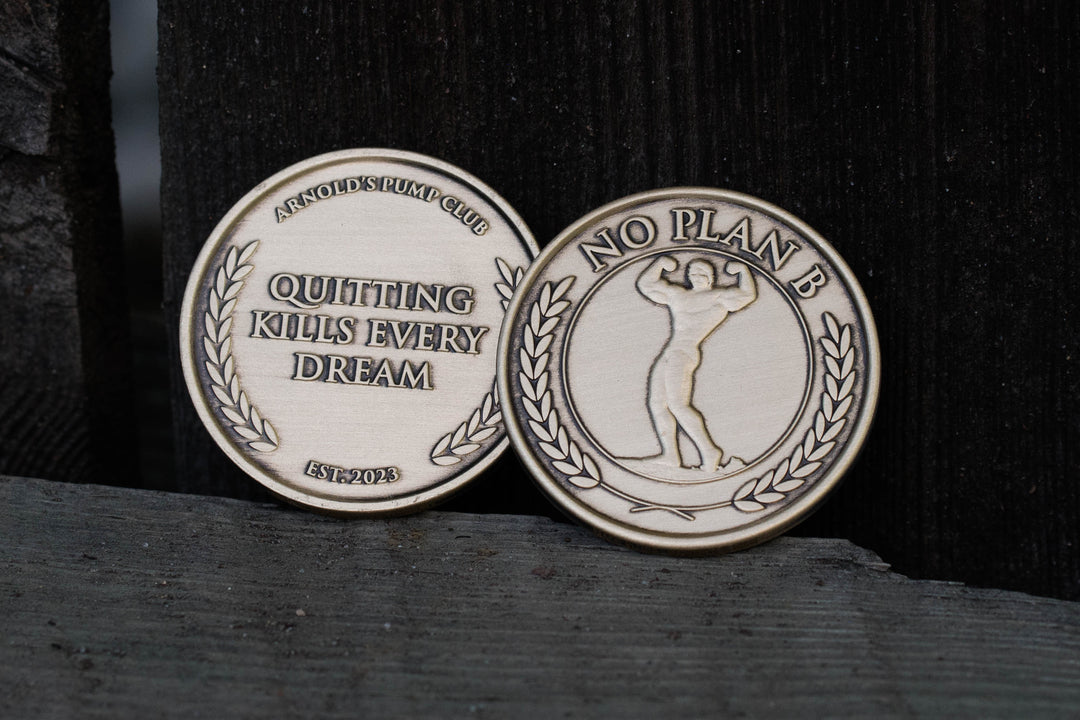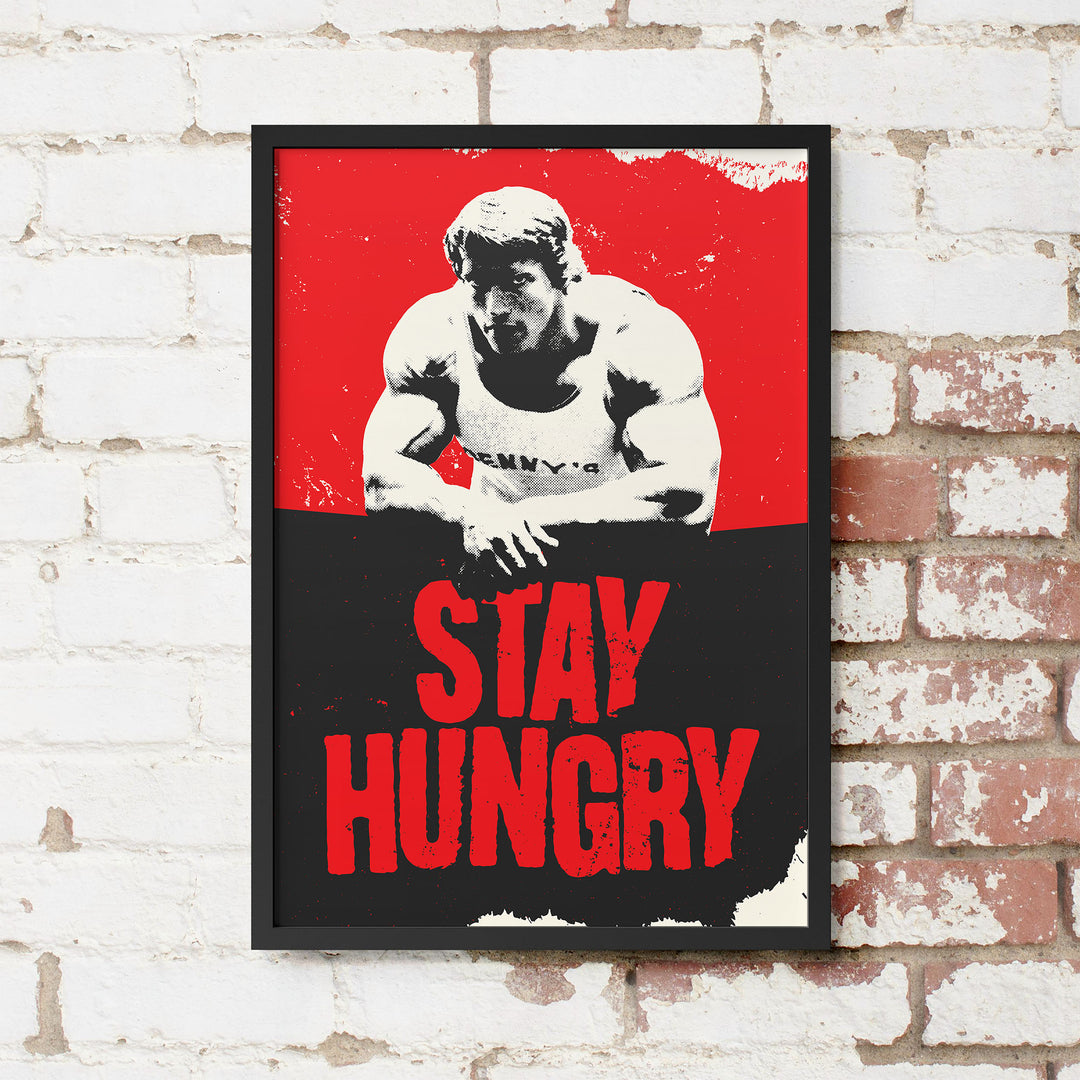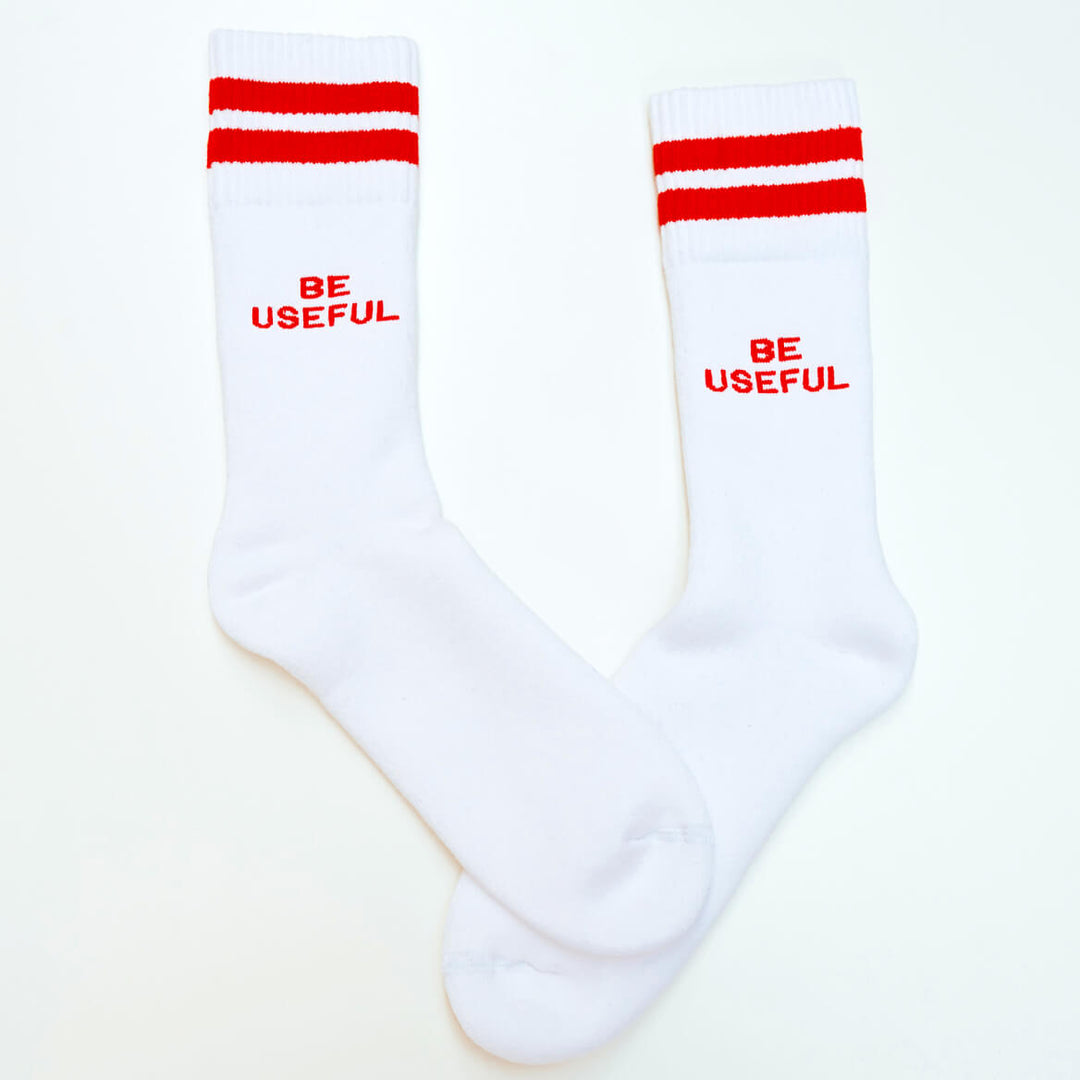Welcome to the positive corner of the internet. Every weekday, we make sense of the confusing world of wellness by analyzing the headlines, simplifying the latest research, and offering quick tips designed to make you healthier in less than 5 minutes. If you were forwarded this message, you can get the free daily email here.
Today’s Health Upgrade
Brain insurance
On our radar: New sleep support?
Bottoms up
Tuesday tips
Arnold’s Podcast
Want more stories from Arnold? Every day, Arnold’s Pump Club Podcast opens with a story, perspective, and wisdom from Arnold that you won’t find in the newsletter. And, you’ll hear a recap of the day’s items. You can subscribe on Apple, Spotify, Google, or wherever you listen to podcasts.
The Strength To Protect Your Brain
For all the benefits of strength training, the best reason to pump up might not be for the muscles you can see.
A new review suggests that resistance training reduces your risk of Alzheimer’s and could also slow the progression of the disease.
For decades, most research focused on the protective benefits of aerobic exercise. But recently, more studies have suggested that weight training could be the best thing you can do for your physical, mental, and overall health.
The study suggests that the brain benefits of resistance training are dose-dependent, meaning the more often you train, the more protection you experience. But that doesn’t mean you need to live in the gym. It’s more about being consistent. Studies suggest you’ll see a significant difference in your brain health by training a minimum of twice weekly for at least six months.
Lifting doesn’t just pump up your muscles, it also increases the volume of your brain and white matter, which are protective against disease and decline. And strength training might benefit people at higher risk or already starting to experience cognitive decline.
This adds to the convincing evidence that strength training is neuroprotective and is one of the best things you can do to keep your brain young, reduce the plaque that builds up from aging, and improve cognition, memory, and focus.
On Our Radar: Sleep Vitamins?
If you have trouble sleeping, maybe it’s time for a nutrition check-up. Research suggests that Vitamin D and calcium deficiency could make it harder for you to get quality rest.
Scientists randomly assigned participants to one of three groups: a placebo, Vitamin D, and Vitamin D with calcium. After 24 weeks, those taking the calcium and vitamin D improved their overall sleep, how long it took to fall asleep, and better daytime functioning.
This isn’t the first time Vitamin D has been linked with sleep. A review of 19 studies also found that deficiency was linked to poor rest and recovery. Those with low levels of Vitamin D appear to have more trouble falling asleep, staying asleep, and getting quality sleep.
It could be linked to Vitamin D’s role in two critical components of healthy sleep — your circadian rhythm and melatonin. Sunlight is essential to your sleep quality because it sets your sleep-wake cycle. And people with lower levels of Vitamin D tend to get less sunshine. Seeing the light early in the morning helps regulate your circadian rhythm, which helps your body tell you when it’s time to rest.
Vitamin D also helps your body produce melatonin, the hormone that supports better sleep.
If you want to see if Vitamin D levels are holding you back, get a blood test. If you’re deficient, we recommend aiming for at least 15 minutes outside, preferably in the morning. That could be enough to both increase Vitamin D levels and set your circadian rhythm for better rest. If you want to go the supplement route, here’s what we recommend.
Bottoms Up: Pump Up Your Hydration
By popular request, you wanted a Pump Club shaker bottle. So, we designed the Arnold’s Pump Club shaker bottle for your workout and everyday needs.
This stainless steel limited edition cup comes in two colors, is BPA and DEHP-free, and is leak-proof, so you can take it on the road, to the gym, or wherever you want.
The Science of Solving Back Pain
The next time you battle lower back pain, walk away from the couch and slip into some workout gear.
A recent examination of 75 clinical trials found that exercise might be your best medicine against chronic lower back pain.
The scientists reviewed more than 5,000 people to determine whether rest, rehab, or exercise were more effective in reducing discomfort and returning to normal day-to-day activities.
Yoga, pilates, and tai chi were most effective at returning to normal and leaving pain behind. The scientists found that exercise that targets your abs, glutes, and lower back, emphasizes slow-controlled movements, and require more mind-body connection were most effective.
Although some exercise can exacerbate low back pain, exercise also provides a stimulus that helps repair tissue damage and reduce pain, so finding a tolerable, sustainable level of exercise is key. As with any injury, it’s best to consult your doctor first to diagnose the severity of the injury and determine if there’s any damage that would prevent certain types of activities. However, once approved, these options can provide relief and long-term stability by safely strengthening your muscles.
—
Publisher: Arnold Schwarzenegger
Editors-in-chief: Adam Bornstein and Daniel Ketchell








